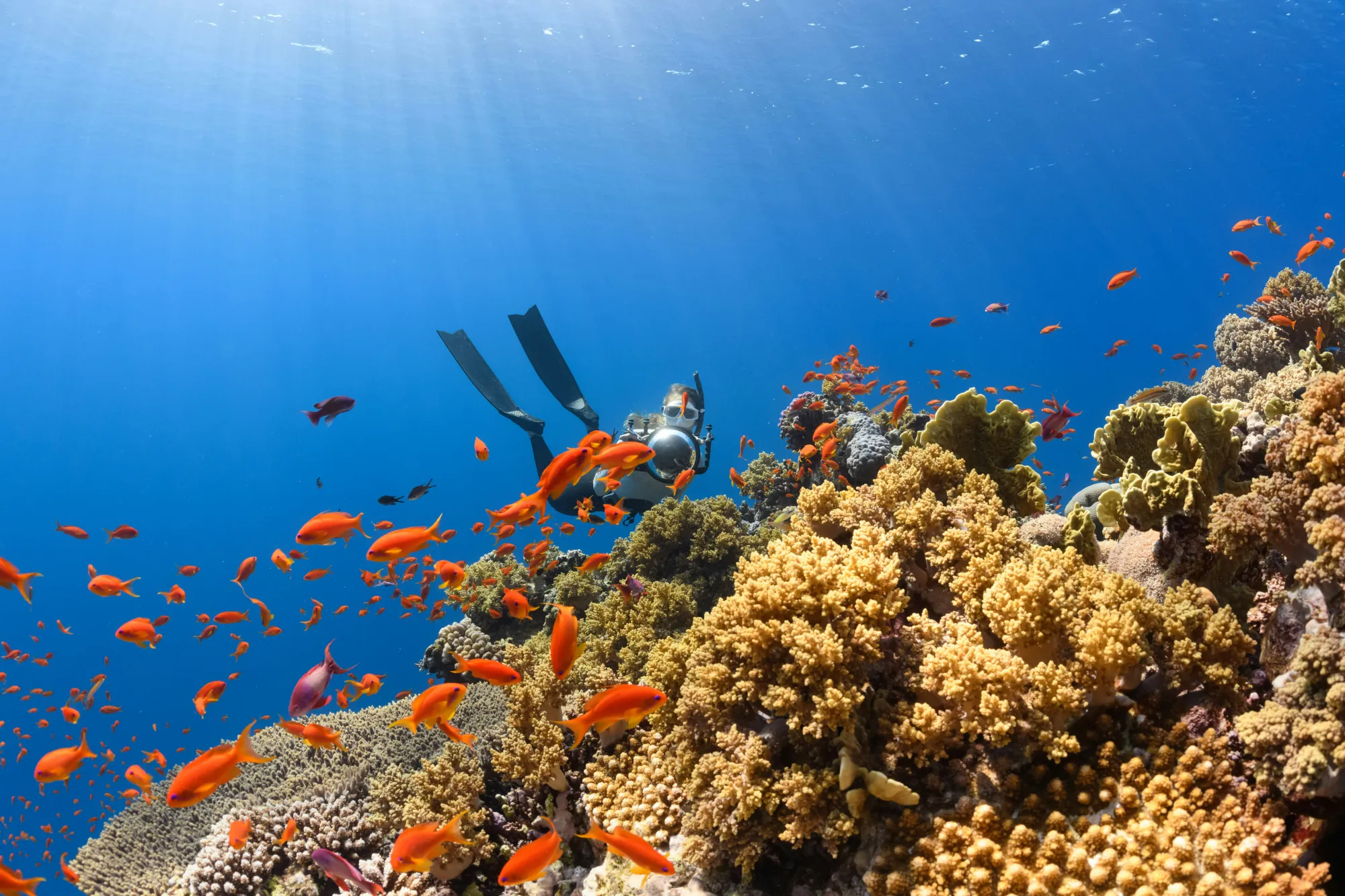Pu’uhonua o Honaunau– 10 Facts About Hawaii’s “Place of Refuge”

Pu’uhonua o Honaunau, also known as the “Place of Refuge”, is a sacred and historical site on Hawaii’s Big Island. Once a sanctuary for those who broke ancient Hawaiian laws, it provided a place of forgiveness, where those who reached its grounds could avoid punishment and undergo rituals of absolution. The park is marked by impressive lava rock walls, a reconstructed Hale o Keawe temple holding the bones of Hawaiian chiefs, and iconic wooden kii statues that guard the area. With its rich history, cultural demonstrations, and serene coastal landscape, Pu’uhonua o Honaunau offers visitors a unique glimpse into Hawaii’s spiritual and cultural heritage. Pu’uhonua o Honaunau offers a fascinating glimpse into the history, culture, and spirituality of ancient Hawaii, making it a must-see destination on the Big Island. Here are some fun facts about the “Place of Refuge” in South Kona!
-
Pu’uhonua o Honaunau is an Ancient Sanctuary
Pu’uhonua o Honaunau, meaning “Place of Refuge,” was a sacred site where ancient Hawaiians could seek forgiveness and protection if they broke kapu (sacred law). It offered amnesty to those who made it to its grounds, where they were pardoned by priests after a period of ritual and penance. Today, the site still holds reverence being the home to many souls that have passed through, as well as being laid to rest, beneath the white sand.
-
Historical Significance
The park was once the royal grounds of the Kona chiefs and served as a center for politics, religion, and social gatherings. As well as its history harboring the lost souls that broke kapu. It is still revered today as a place of cultural and spiritual importance. Pu’uhonua o Honaunau is one of only four places across all of the Hawaiian islands where the Hawaiian flag is allowed to be flown without the American flag. The reverence for this place is why only licensed tours are allowed to operate in the waters in and around the Great Wall (mentioned below). These trusted local expeditions are crucial for those wanting to experience all the sacred site has to offer!
-
The Great Wall Surrounding Pu’uhonua o Honaunau
A massive lava rock wall, called the “Great Wall” or Pa Pu’uhonua, stands at about 12 feet high and 18 feet thick, separating the sanctuary from the royal grounds. Still standing today, the wall encircled the area around the Place of Refuge where many generations of Native Hawaiian chiefs lived.
-
Sacred Hale o Keawe Heiau
The Hale o Keawe Heiau (temple) was built in honor of King Keaweʻīkekahialiʻiokamoku. This temple held the bones of Hawaiian chiefs, believed to possess mana (spiritual power), enhancing the sanctity of the refuge. The Pu’uhonua o Honaunau Heiau was built by the chief’s son. The last person to be buried at this sacred site was in 1818 and was a son of Kamehameha I– the notorious Hawaiian ruler.
-
Kii Figures Guarding Pu’uhonua o Honaunau
Carved wooden statues, or kii, stand near the temple to guard the area. These figures represent Hawaiian gods and embody the spiritual presence that ancient Hawaiians felt around the sacred refuge. Kii not only can represent Hawaiian gods, but they can also represent another deity or even ancestors. They can be in the form of an image, statue or likeness, crafted from “stone, sea urchin spines, or feathers”. As mentioned, the ones that guard Pu’uhonua o Honaunau are made out of wood– holding up over time despite the repetitive wear brought on by the salty sea winds that blow off the sea and onto the island.
-
The Special Kona Snorkeling Expeditions Allowed in Pu’uhonua o Honaunau
Because of the sanctity of the area, there are only licensed snorkel tour operators allowed in to explore the reefs of Pu’uhonua o Honaunau. The Place of Refuge is home to an abundance of native Hawaiian marine life– which we will talk about later on down the list– making it an amazing exclusive experience. The best way to explore this South Kona snorkeling reef is by looking into trusted local boat tours that are rated highly for their safety and experience, as well as offer trips to the area.
-
Traditional Games and Training Grounds
Part of the area was used as a training ground for warriors who practiced Hawaiian sports like konane (a board game) and ulu maika (similar to bowling), which served to build strength and agility.
-
Marine Life and Reefs Inside Pu’uhonua o Honaunau
The coastal waters of the park are rich with marine life and coral reefs, where visitors can often see sea turtles and tropical fish. While snorkeling is not allowed directly in the sanctuary, unless you set out with one of the licensed boat tours on the Big Island that we mentioned previously, neighboring areas like Honaunau Bay (Two Step Beach) and Kealakekua Bay (Captain Cook Monument) offer a great snorkeling experience. If you are aboard one of Kona’s best snorkel tour boats– then you may be taking part in an experience that ventures to The Place of Refuge (Pu’uhonua o Honaunau) alongside the other amazing reefs just outside of Kona town center! Some marine life you may encounter are native Hawaiian green sea turtles (known locally as Honu), tropical reef fish like parrotfish and triggerfish, as well as the occasional manta ray, moray eel, and even octopus!
-
National Park Status
Pu’uhonua o Honaunau was established as a national historical park in 1961, preserving its cultural significance and natural beauty for future generations. It’s part of the U.S. National Park Service, which helps protect Hawaiian culture and educate visitors.
-
Cultural Demonstrations
The park regularly hosts demonstrations of traditional Hawaiian practices, such as canoe building, kapa (bark cloth) making, and weaving. These activities provide insights into Hawaiian cultural traditions and the skills of Hawaiian ancestors.
If you are planning a trip to the Big Island of Hawaii, be sure to make a stop at Pu’uhonua o Honaunau (aka) the Place of Refuge. This cultural and historical site is not to be missed and has something for everyone! From history buffs, to adventurists, to marine enthusiasts– be sure to check out this amazing and sacred spectacle crucial to the history of the islands!
